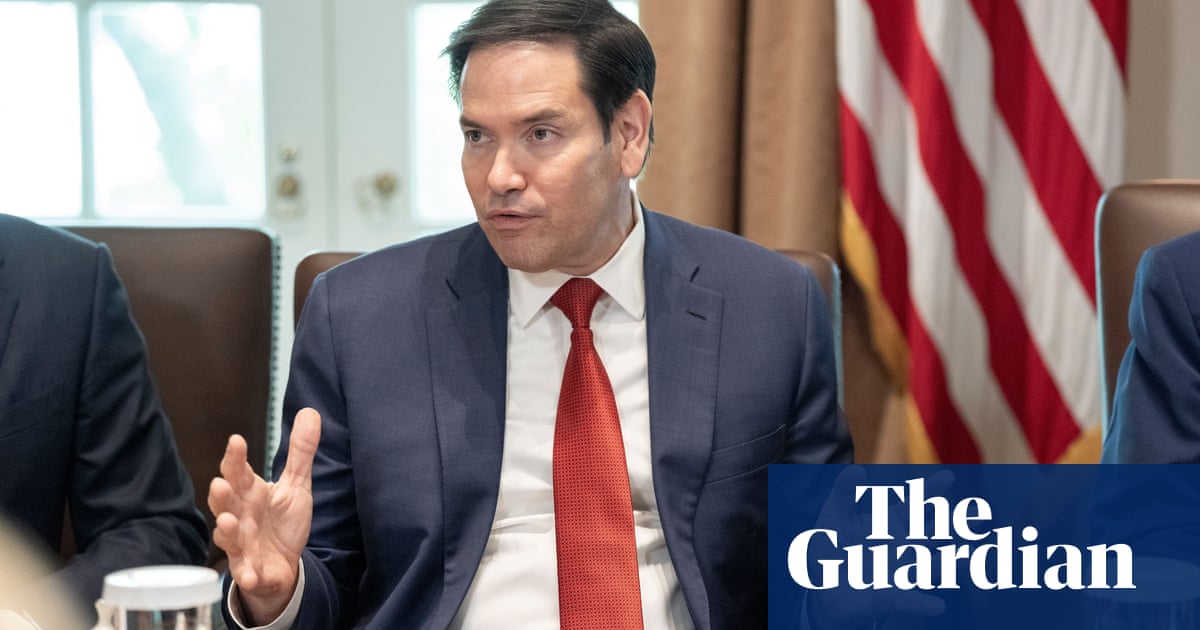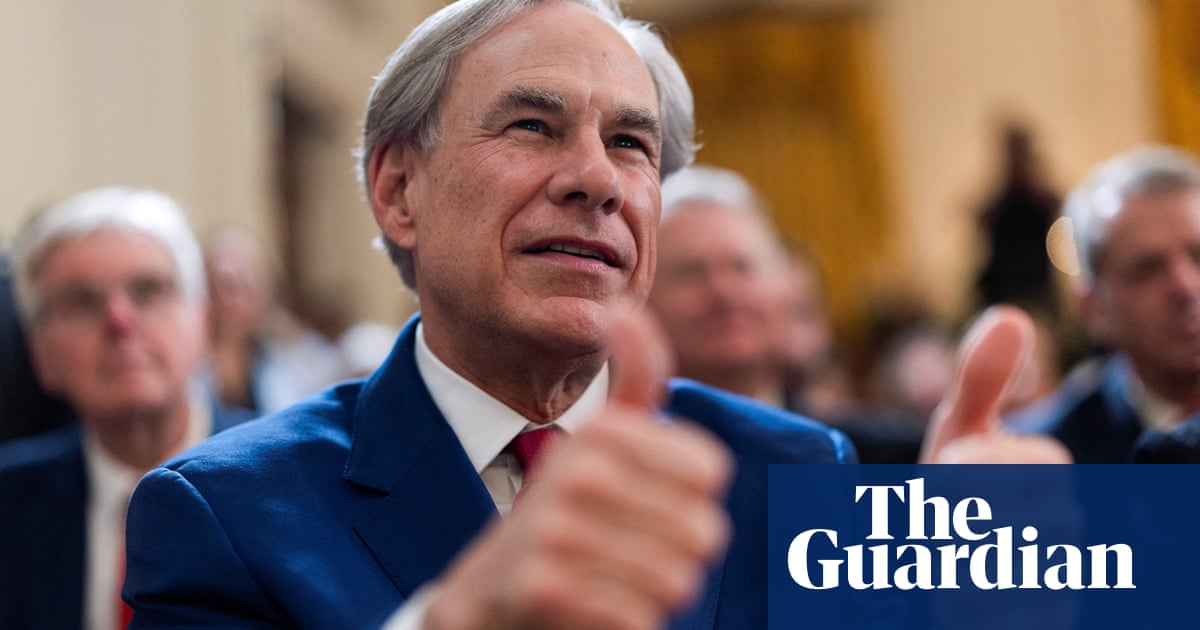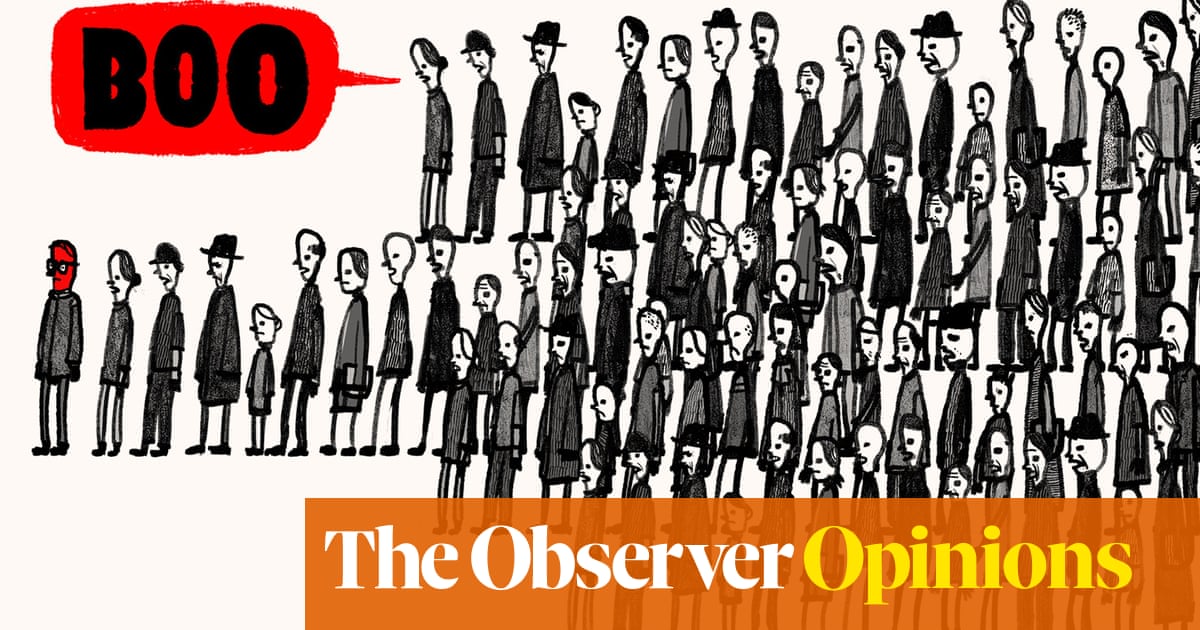A “catastrophic” exodus of thousands of employees from the US Department of Labor threatens “all of the core aspects of working life”, insiders have warned, amid fears that the Trump administration will further slash the agency’s operations.
The federal agency has already lost about 20% of its workforce, according to employees, as nearly 2,700 staff took retirement, early retirement, deferred resignation buyouts or “fork in the road” departures earlier this year.
Remaining workers fear further cuts are on the way, as the threat of a mass “reduction in force” firing looms large after a February order from the White House for agencies to draw up “reorganization” plans.
“The department has gotten 20% smaller, before any formal reductions in force are announced. A lot of people headed for the exits because so many different components of the Department of Labor have been threatened by reduction in forces [Rifs],” said an employee at the Bureau of Labor Statistics (BLS), a key government data agency, who requested to remain anonymous for fear of retaliation. “God only knows how much smaller it will be when the Rifs are announced.”
A spokesperson for the labor department said they could not confirm the number of employees who have taken retirement or resignation offers, or are now on administrative leave. They did not provide further comment on the impact on operations.
Last month Jihun Han, chief of staff to the US secretary of labor, Lori Chavez-DeRemer, sent a staff-wide email warning they could face criminal charges for speaking to journalists about agency business.
“All of the core aspects of working life can no longer be assumed, because the Department of Labor was chronically underfunded for a long time, and eliminating half the staff, or whatever their goals are, will cause it to be absolutely dysfunctional,” the BLS employee said. “I think it’s catastrophic.”
The cuts will have ripple effects for workers throughout the US economy, such as for wage and hour enforcement and safety protections, and state and local governments that rely on funds from the labor department, they cautioned.
An attorney at the labor department, who also requested to remain anonymous, said attrition has forced attorneys to take on more administrative tasks, such as picking up mail and taking on workloads that deter from their job duties. Office cleaning and maintenance has also decreased, they claimed.
“They’ve cynically exempted a lot of frontline positions, such as wage and hour investigators or safety inspectors, but of course those people will have to do a ton more work. If you cut one place, it doesn’t work as well as it did before as all of the support those people had is no longer there,” the attorney said. “We’re doing a lot more work, work that there is no reason attorneys should be doing. What it means is workers are going to get fewer services.”
International labor grants totaling $577m were cut at the labor department in March, eliminating work and research being done over several years and cancelling about $237m in funds yet to be disbursed.
An employee at the Bureau of International Labor Affairs (ILAB) said about half the bureau’s staff have taken buyout offers in the wake of the grant cuts and threats of terminations. In addition to grants, the agency also ensures basic labor rights are upheld in free trade agreements and conducts research, including congressionally mandated reports on forced and child labor in other countries.

“The bottom line is it’s worse for workers overseas. It will harm workers in the US because it will make it easier for foreign companies to unfairly compete with businesses in the US, by making it easier and cheaper to outsource to other countries,” the ILAB employee said. “And it’s worse for American consumers and US businesses that would rather not products made by child slaves.”
Overall, cuts to grants, contracts, office leases at the labor department enacted by the so-called “department of government efficiency” (Doge) – led by the billionaire tycoon Elon Musk – total $455m, including $23m from shutting down offices, and $192m for other contracts and services.
after newsletter promotion
Despite the small fraction of federal spending allocated to the labor department, Doge has listed the department as fourth for the highest claimed savings among all departments in the federal government. Funding for the labor department had already significantly decreased in recent decades, from $119bn in 1980 when adjusted for inflation to $54.3bn last year.
Workers inside the department say attrition and cuts have undermined or hampered operations, increasing workloads on those still there.
“It’s become a hostile environment for folks,” said an employee working in a civil rights division. Trump issued an executive order in January characterizing diversity, equity and inclusion efforts as discriminatory.
“There have been leads and supervisors who have left, so there’s nobody to do that work, except for those of us who are still there,” they added. “Generally, I would say civil rights enforcement is going to be extremely delayed.”
A worker who recently left the women’s bureau at the labor department said staff leaving, coupled with grant cuts and lack of direction and leadership, had severely diminished the work of the bureau.
“This administration is showing they don’t care about the over 70 million working women in the US,” they claimed. “Without the work of the women’s bureau, we’ll lose valuable data and research about how women are faring in the workforce, as well as initiatives that help women enter and succeed in good paying jobs.”
Project 2025, the rightwing blueprint drawn up ahead of Trump’s re-election, called for sweeping changes at the labor department, including the ability to make it easier to decertify unions, offer states waivers for exemptions from federal labor laws, maximize hiring of political appointees, freeze recruitment of career personnel and significantly reduce the department’s budget. The Heritage Foundation, which organized Project 2025, has in the past called for the department to be shut down.
“The anticipated drastic cuts to the [labor department] are anti-worker,” Julie Su, secretary of labor under Biden, wrote in a report last month. “They are part of the administration’s war on workers that includes obliterating union protections, stripping workers of collective bargaining rights, and attacks on federal employees and the workers who depend on them.”

 17 hours ago
5
17 hours ago
5













































